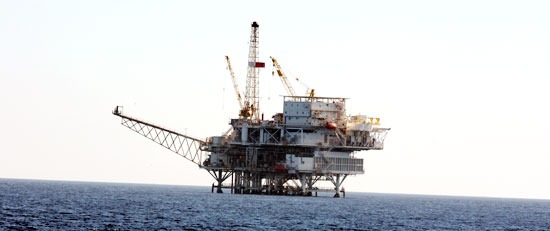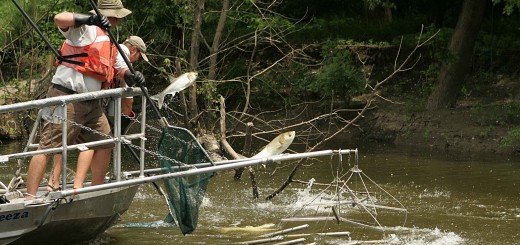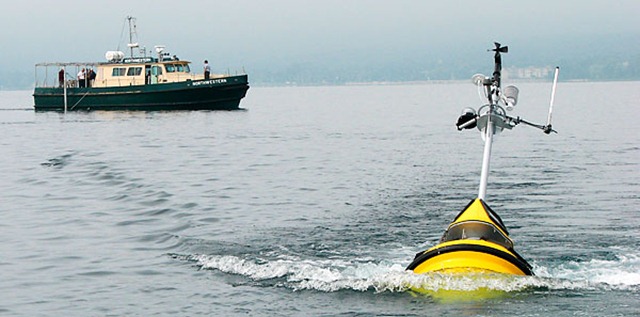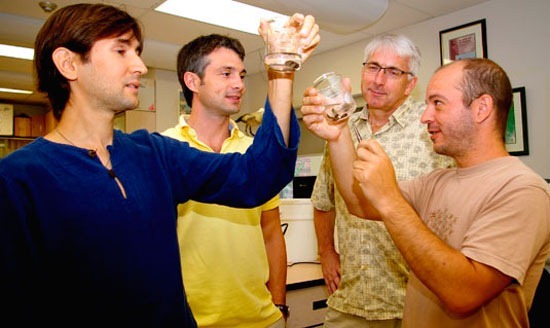Noise guns and mesh fence to help in fight against Asian carp
0 The latest efforts to stop Asian carp from entering the Great Lakes include a mesh fence and annoying noise.
The latest efforts to stop Asian carp from entering the Great Lakes include a mesh fence and annoying noise.
Congress was informed Wednesday during a hearing that underwater sound guns could be used to deter the invasive species from entering an area where they are unwanted. The acoustic weapons were tested by blasting trout with sound at 210 decibels from 130 feet away, which injured the fish and kept them away.
“If you shoot a gun off next to your head, that’s 140 decibels, so it’s a really annoying noise to the fish,” said Leon Carl, Midwest executive of the U.S. Geological Survey.
The deterrence weapons will be field tested on the Asian carp starting in September, Carl said.
Meanwhile, Indiana wildlife officials are working to close the Asian carp’s possible second route to the Great Lakes through the Maumee River. The state plans on running mesh fence through Eagle Marsh, a 700-acre restored wetland area near Fort Wayne that connects the Wabash River to the Maumee River.
As we reported earlier this month, the carp have been swimming through Wabash River, which doesn’t flow directly into the Great Lakes but can flood into the Maumee River through the wetland. In the event of extreme flooding, the carp could make their way into the Maumee and thus have a path to Lake Erie. The two rivers are about three-quarters of a mile apart in one location that is prone to floods.
The mesh fence, which should be in place by the end of the summer, will act as a temporary barrier until a permanent system is devised, according to Indiana Department of Natural Resources spokesperson Phil Bloom.
The Indiana DNR, U.S. Army Corps of Engineers, and U.S. Geological Survey are working to design the fence, determining what size of mesh would stop the carp without increasing flood risks.
“Right now they’re trying to determine what the dimensions of the mesh need to be to provide for the free flow of water and still be small enough to prevent the fish from getting through,” Bloom said.
They must also determine the best location, fence height, and how to ensure the structure can withstand floodwater, according to Bloom.
Asian carp have been in the Wabash for nearly 15 years and have been found within 20 miles of the marsh. They were first found in Indiana in 1996.
Next weapon against carp: Annoying noise [The Detroit Free Press] Indiana plans barrier to block Asian carp’s spread [The Associated Press]
Image Credit: http://www.flickr.com/photos/tessawatson/427116107/













